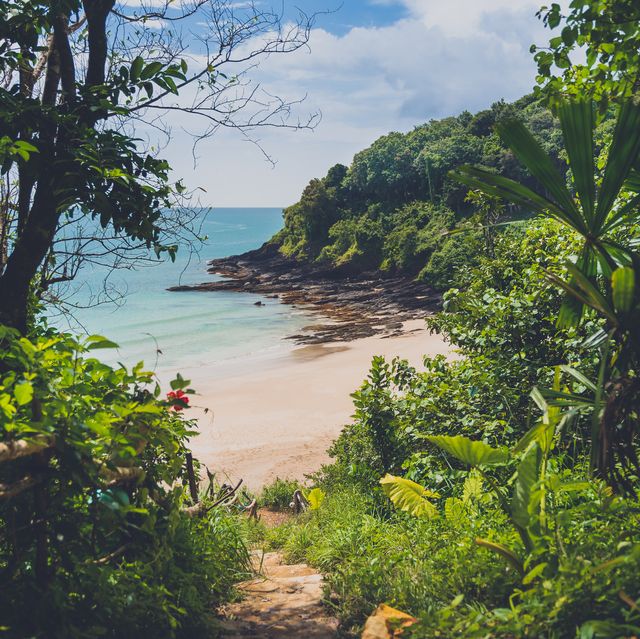Beach birds are a diverse group of avian species found along coastal areas, often characterized by their ability to forage for food in both marine and terrestrial environments. With their unique adaptations and behaviors, these birds play vital roles in maintaining the ecological balance of their habitats.
Now let’s explore the fascinating world of beach birds, their habitats, habits, and the important functions they serve in coastal ecosystems.
An Introduction To Coastal Avian Life
Beach Birds are a fascinating part of the coastal avian ecosystem. They play a crucial role in maintaining the balance of the coastal environment. Conserving beach birds is of utmost importance, as they contribute to the overall health of coastal ecosystems.
These avian species are an integral part of the food chain, helping control insect populations and serving as indicators of the overall ecological health. The conservation efforts for beach birds involve protecting their habitats, reducing disturbances, and raising awareness about the importance of their existence.
By understanding and preserving these avian creatures, we can ensure the preservation of pristine coastal environments for future generations. It is essential to recognize the critical role these birds play and take proactive steps to safeguard their habitats and ensure their survival.

Credit: www.usatoday.com
Unique Adaptations Of Beach Birds
Beach birds have unique adaptations that enable them to survive in their coastal habitats. One of these adaptations is their camouflage and coloring, which helps them blend into their surroundings and avoid predators. Their beak shapes also play a crucial role in their survival, as they are specialized for different feeding strategies.
Some have long, slender beaks for probing in the sand, while others have curved beaks for catching fish. Additionally, beach birds have webbed feet that allow them to swim and navigate through water. Their water-loving habits further enhance their ability to find food and evade danger.
In conclusion, beach birds have evolved remarkable adaptations that enable them to thrive in their coastal environments.
Coastal Bird Watch: Common Species To Spot
Beach birds provide a delightful spectacle along the coast. Look out for elegant terns, graceful migratory acrobats showcasing incredible aerial maneuvers. Charismatic shorebirds like the American oystercatchers are also a common sighting with their vibrant plumage and distinct beak. Majestic long-legged predators, the great blue herons, can be spotted gracefully stalking their prey in the shallows.
These coastal bird species offer a wonderful opportunity for bird enthusiasts to witness diverse behaviors and vibrant colors up close. Whether you’re an avid bird watcher or simply appreciate the beauty of nature, the beach is an ideal place to observe these fascinating creatures in their natural habitat.
So grab your binoculars and head to the coast for an unforgettable coastal bird watching experience.
The Art Of Bird-Watching On The Beach
Beach bird-watching involves observing bird behavior, vocalizations, and using essential tools for identification. Ethical practices are paramount.
Threats To Coastal Avian Life
Beach birds face numerous threats due to human impacts on their coastal habitats. Climate change and rising sea levels pose a risk to these avian species. The changing climate affects their natural habitats and disrupts their feeding and breeding patterns.
Pollution also plays a significant role in endangering bird populations. The contamination of water bodies and surrounding environments affects the birds’ ability to find clean food and nesting sites. It leads to decreased breeding success and overall population decline. Additionally, pollutants can directly harm birds’ health, causing diseases or injuries.
To protect beach birds, it is crucial to address these threats and implement measures to mitigate the negative impacts of climate change and pollution on their habitats. This will help ensure the survival and well-being of these beautiful coastal avian species.
Conservation Efforts: Protecting Beach Bird Habitats
Beach birds are dependent on protected nesting sites for their survival. These sites play a crucial role in the conservation efforts aimed at preserving their habitats. Conservation organizations recognize the importance of community involvement in ensuring the well-being of beach birds.
When the community actively participates in conservation initiatives, it greatly enhances the chances of success. Responsible tourism and education are key aspects of beach bird conservation as well. By promoting responsible behavior among tourists and raising awareness about the significance of these birds, we can foster a culture of respect and protection.
It is crucial for visitors to understand the delicate balance of ecosystems and the potential impact their actions may have. Through these combined efforts, we can ensure the long-term sustainability of beach bird populations and their habitats.
Conclusion
Let’s wrap up our exploration of beach birds! From the majestic seagulls to the adorable sandpipers, these avian creatures bring life and character to any shoreline. As we’ve seen, beach birds play vital roles in maintaining the ecosystem’s balance and contribute to the beauty of our coastal environments.
Their ability to adapt and thrive in different habitats is truly remarkable. So the next time you find yourself on the beach, take a moment to appreciate their unique calls, graceful flights, and entertaining antics. Remember to respect their space and never feed them, as it disrupts their natural behaviors.
By learning more about beach birds, we can deepen our appreciation for the natural world and contribute to their well-being. So, whether you’re a bird enthusiast or simply enjoy spending time at the beach, keep an eye out for these fascinating creatures and embrace the joy they bring to our coastal experiences.








